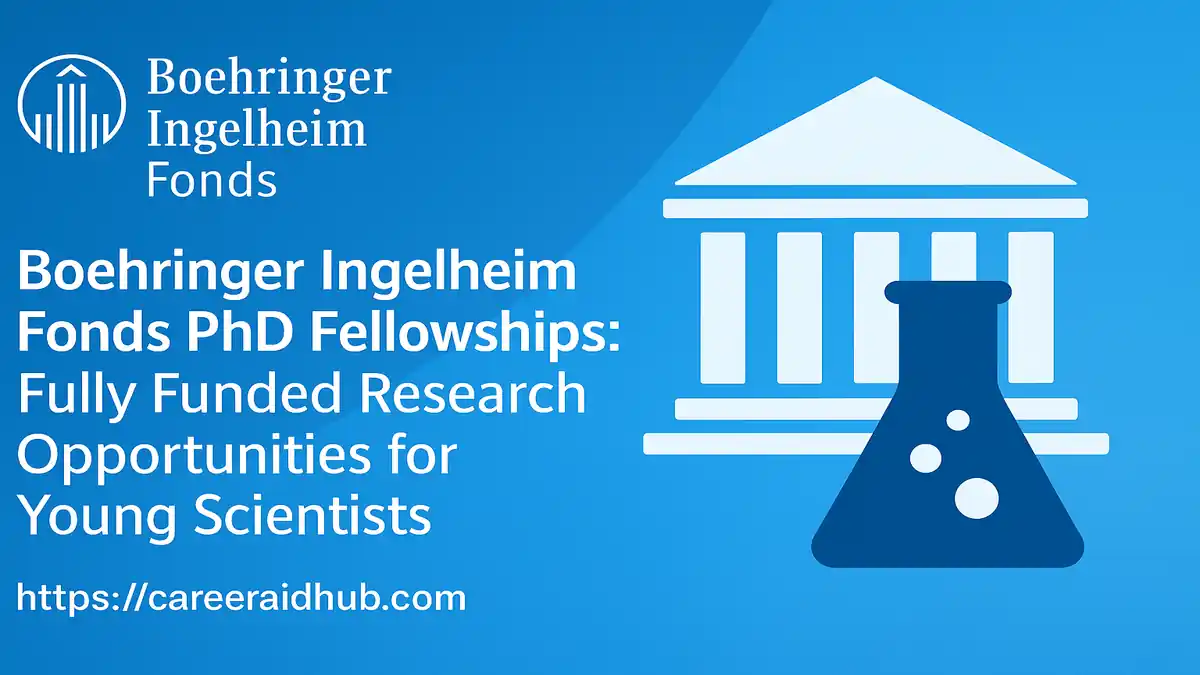Innovative Drug Delivery Systems for Ocular Therapies: Micro- and Nano-Formulation Approaches
Eye diseases remain a major global health concern. Disorders such as glaucoma, diabetic retinopathy, age-related macular degeneration, and chronic dry eye account for a significant proportion of vision loss worldwide. While pharmaceutical science has made remarkable progress in developing therapeutic agents, the actual delivery of these drugs to target ocular tissues presents persistent challenges.
Traditional ocular administration methods—primarily eye drops and ointments—dominate clinical practice due to their ease of use and patient compliance. However, these dosage forms are notoriously inefficient: less than 5% of an applied drug penetrates to therapeutic sites within the eye. This low bioavailability is attributed to the unique anatomy of the eye and its robust protective barriers.
In response, researchers and pharmaceutical innovators are investing in innovative drug delivery systems based on micro- and nano-formulations. These strategies aim to overcome ocular barriers, provide sustained and targeted release, and ultimately reduce the need for frequent dosing. By combining materials science, biotechnology, and pharmacology, such approaches are redefining modern ophthalmic therapy.
Ocular drug delivery is evolving beyond conventional eye drops. Advanced micro- and nano-formulation approaches are transforming treatment strategies for glaucoma, macular degeneration, diabetic retinopathy, and other ocular diseases. These next-generation systems enhance bioavailability, prolong therapeutic action,
and minimize systemic side effects, paving the way for more effective, patient-centered eye care solutions.
Barriers to Effective Ocular Drug Delivery
The eye possesses natural protective mechanisms that make efficient drug penetration extremely difficult. Understanding these barriers is fundamental before exploring micro- and nano-based systems.
Pre-Corneal Barriers
Tear film turnover, reflex blinking, and nasolacrimal drainage rapidly eliminate instilled drugs. As a result, most conventional drops remain in the eye for only a few minutes.
Corneal Barrier
The cornea comprises a lipophilic epithelium, hydrophilic stroma, and lipophilic endothelium. Together, these layers create a biphasic resistance that restricts both water-soluble and fat-soluble drugs.
Conjunctival and Scleral Barriers
Although the conjunctiva allows some permeability, extensive vascularization can drain drugs into systemic circulation. The sclera, while more porous, also limits diffusion of larger molecules.
Blood–Aqueous and Blood–Retinal Barriers
Analogous to the blood–brain barrier, these tight junctions prevent systemic drugs from efficiently reaching intraocular tissues. This is especially problematic for diseases of the posterior segment, such as macular degeneration.
Limited Residence Time
Conventional formulations are cleared quickly, requiring repeated administration. Frequent dosing not only burdens patients but also increases the risk of systemic side effects.
Key takeaway: Overcoming these biological and physiological barriers requires advanced formulation strategies that maximize local absorption, sustain release,
Micro-Formulation Approaches
Micro-formulation technologies operate within the micron size range (1–1000 µm). They are designed to increase drug stability, retention time, and controlled release.
Microspheres and Microcapsules
Constructed from biodegradable polymers like poly(lactic-co-glycolic acid) (PLGA).
Capable of encapsulating both hydrophilic and lipophilic drugs.
Provide sustained release of therapeutic agents over weeks or even months.
Clinical relevance: studied for anti-glaucoma medications and anti-inflammatory agents where consistent dosing is critical.
Limitation: often require intravitreal or periocular injection, which may cause irritation or require clinical supervision.
Microemulsions
Thermodynamically stable systems composed of oil, water, surfactants, and sometimes co-surfactants.
Excellent for improving solubility of poorly water-soluble drugs such as corticosteroids.
Promote enhanced corneal penetration by altering surface tension.
Provide patient comfort and uniform drug distribution.
In Situ Gel-Forming Systems
Administered as liquid drops that convert to gels once exposed to ocular conditions (triggered by pH, temperature, or ion presence).
Increase residence time in the conjunctival sac and reduce drainage.
Useful for antibiotics, anti-glaucoma medications, and anti-inflammatory formulations.
Benefit: non-invasive application with improved therapeutic efficiency compared to
standard drops.
Summary: Micro-formulation systems represent a bridge technology—they enhance conventional dosing while requiring minimal disruption to patient routines.
Nano-Formulation Approaches
Nanotechnology has revolutionized drug delivery in multiple therapeutic areas, including ophthalmology. With particle sizes typically under 1000 nanometers, nano-formulations demonstrate enhanced ability to cross biological barriers, reach posterior tissues, and provide precise drug targeting.
Liposomes
Composed of phospholipid bilayers capable of encapsulating both water-soluble and fat-soluble drugs.
Biocompatible and versatile carriers.
Used in formulations for cyclosporine, latanoprost, and anti-inflammatory agents.
Challenge: physical and chemical instability during storage.
Nanoparticles
Constructed from natural or synthetic polymers (PLGA, chitosan, PEGylated systems).
Exhibit mucoadhesive properties that prolong drug retention.
Provide targeted delivery, protecting drugs from enzymatic degradation.
Extensively studied for anti-VEGF therapies and ocular gene therapy.
Limitation: scale-up challenges and higher manufacturing costs.
Nanoemulsions
Submicron-sized emulsions providing large surface area for drug absorption.
Excellent for hydrophobic drugs like corticosteroids or immunosuppressants.
Already in use in commercial lubricants and tear substitutes.
Dendrimers
Nanoscale, branched polymers with highly functional end groups.
Tunable structure allows precision targeting and controlled release.
Reduced toxicity compared to some other carriers.
Potential applications in anti-inflammatory, anti-infective, and genetic therapies.
Nanomicelles
Amphiphilic molecules that self-assemble in aqueous solutions.
Ideal for solubilizing poorly water-soluble molecules.
Can penetrate ocular tissues more effectively due to small size.
Example: nanomicellar formulations of cyclosporine with enhanced corneal uptake.
Comparative Evaluation: Micro vs. Nano Systems
| System | Advantages | Limitations |
|---|---|---|
| Microspheres | Long-term release, reduced dosing frequency | Require injection; may cause irritation |
| Microemulsions | High solubility, improved permeation | Dependence on surfactants; ocular stinging possible |
| Liposomes | Biocompatible, versatile encapsulation | Stability issues, expensive manufacturing |
| Nanoparticles | Targeted delivery, protection from degradation | Costly, scale-up difficulties |
| Dendrimers | High functional precision, customizable | Complex synthesis pathways |
| Nanomicelles | Ideal for hydrophobic drugs, deep penetration | Limited drug loading capacity |
Clinical Applications and Ongoing Research
Several FDA-approved and commercially available products highlight the success of these technologies:
Restasis® (cyclosporine emulsion): Pioneering treatment for chronic dry eye.
Cequa® (nanomicellar cyclosporine): Improves drug penetration and patient comfort.
Ozurdex® (dexamethasone intravitreal implant): Demonstrates controlled release for posterior segment disease.
Research continues at leading institutions including MIT, Harvard Medical School, and AIIMS, with special focus on:
Nanoparticle-based anti-VEGF delivery for age-related macular degeneration.
Gene and RNA therapies for inherited retinal disorders.
Hybrid systems combining nano- and micro-technologies for dual-phase release.
Future Directions in Ocular Drug Delivery
The next decade of ocular pharmacology will be defined by smart and personalized medicine.
Stimuli-responsive systems: Carriers that release drugs in response to ocular pH, temperature, or light exposure.
Artificial intelligence in design: AI algorithms optimizing nanocarrier size, charge, and drug loading.
Gene and RNA-based therapeutics: Long-lasting correction of genetic eye diseases.
Implants and drug-eluting contact lenses: Offering months-long sustained delivery.
Combination delivery platforms: Enabling simultaneous administration of anti-inflammatories and anti-VEGF drugs.
These innovations aim to reduce treatment burden, improve adherence, and enhance long-term vision outcomes.
Conclusion
Micro- and nano-formulation strategies are redefining ocular drug delivery. By overcoming natural barriers and enabling precise, sustained release, they represent a major leap forward in ophthalmology. Future therapies will likely integrate biodegradable carriers, AI-driven design, and personalized approaches to achieve maximum efficacy with minimal invasiveness.
The integration of these systems promises a paradigm shift in eye care, ensuring that patients with chronic or genetic ocular conditions receive more efficient, reliable, and patient-friendly treatments.
Here’s a quick summary table for your article on Innovative Drug Delivery Systems for Ocular Therapies: Micro- and Nano-Formulation Approaches.
Quick Summary Table
| Aspect | Details |
|---|---|
| Program Name | Innovative Drug Delivery Systems for Ocular Therapies |
| Host Country/Region | Global research applications (not country-specific) |
| Funded By | Academic institutes, pharma industry, and global health organizations |
| Duration | Varies by study/trial (weeks to months for sustained-release formulations) |
| Study Mode | Full-time laboratory and clinical research |
| Eligibility | Researchers, pharmaceutical scientists, ophthalmologists, biotech experts |
| Financial Support | Project-dependent (may include grants, clinical trial funding, industry R&D) |
| Fields of Study | Bioinformatics, Ophthalmology, Pharmacology, Nanotechnology, Biotechnology |
| Deadline | Ongoing – Future updates will be shared (next cycle: Jan–Feb, update soon) |
| Official Website | World Health Organization – Vision and Eye Health |
Frequently Asked Questions
Micro- and nano-formulation approaches use small-scale carriers to deliver drugs into the eye with higher precision, longer retention, and improved bioavailability.
Traditional eye drops lose most of the drug due to tear drainage, blinking, and poor corneal penetration, making them inefficient for long-term treatment.
Microspheres encapsulate drugs in biodegradable polymers, providing controlled release, reduced dosing frequency, and better patient compliance for eye disease treatment.
Nanoemulsions enhance solubility, improve corneal penetration, and increase ocular bioavailability, making them suitable for delivering hydrophobic drugs effectively.
Yes, liposomes are biocompatible and can carry both hydrophilic and lipophilic drugs, offering sustained release with minimal ocular irritation when formulated properly.
Dendrimers are branched nanosized polymers engineered to release drugs in a controlled manner, reducing toxicity and improving targeted delivery within the eye.
Yes, nanomicelles’ small size allows deep tissue penetration, enabling delivery of hydrophobic drugs to both anterior and posterior eye segments.
Nanoparticles offer targeted delivery, enhanced stability, and mucoadhesion, making them ideal for treating retinal diseases and delivering anti-VEGF or gene-based therapies.
Nano-based systems are effective for glaucoma, macular degeneration, diabetic retinopathy, dry eye, and inherited retinal disorders needing precise drug targeting.
Future ocular therapies will use smart, stimuli-responsive nano-carriers, AI-designed formulations, and gene delivery systems to provide personalized, long-term treatment solutions.










